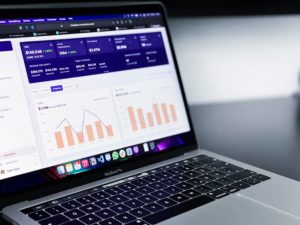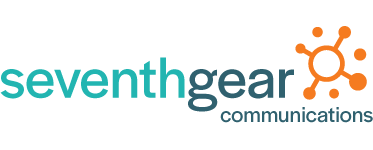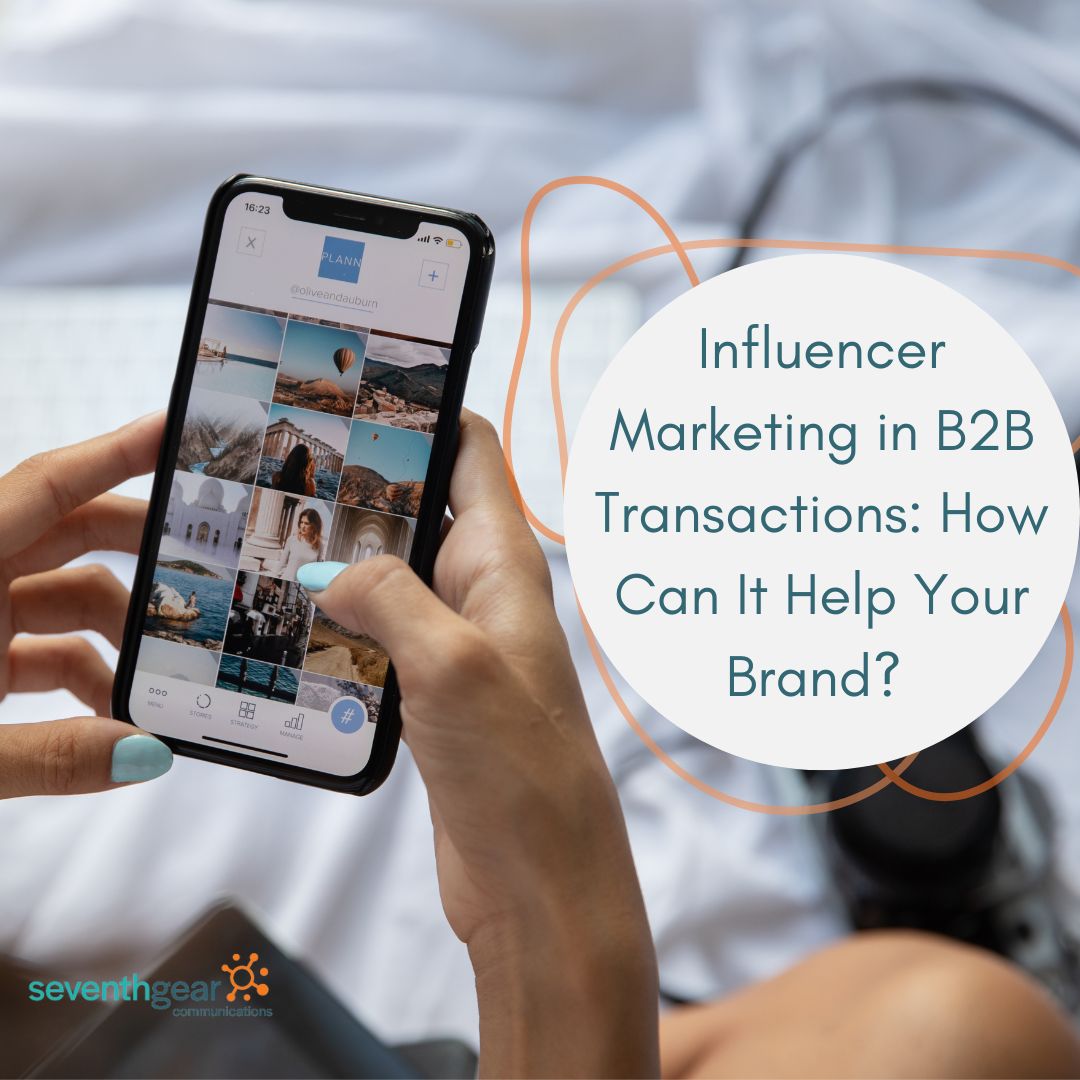Over the past few years, marketing has taken on a different persona. Influencer marketing has become one of the largest trends in the marketing world and is only growing. To understand how influencer marketing can benefit B2B firms, let`s first define what influencer marketing is, how it operates, and any pros and cons that come along with it.
What is Influencer Marketing?
Influencer marketing encompasses more than women in their 20-somethings promoting dietary tea or  supplements for healthy hair–it can also be a key factor in B2B marketing strategy. This all begins with the relationship between the content creator and a brand. Typically, influencers are a part of a niche market or lifestyle choices. Instagram, YouTube, Tik Tok are all prime real estate within the influencer community because they have both short and long-form communication methods coupled with the opportunity to show products or services with the brand in action.
supplements for healthy hair–it can also be a key factor in B2B marketing strategy. This all begins with the relationship between the content creator and a brand. Typically, influencers are a part of a niche market or lifestyle choices. Instagram, YouTube, Tik Tok are all prime real estate within the influencer community because they have both short and long-form communication methods coupled with the opportunity to show products or services with the brand in action.
Generally, influencer marketing is one of the most successful strategies in the current marketing world. A study conducted by Convice and Convert reported that influencer marketing had an 11x higher ROI than traditional banner ads. Additionally, a 2019 survey from Influencer Marketing Hub showed that businesses generated $5.20 for every dollar invested in influencer marketing.
Influencer Marketing in B2B Transactions
Typically when we think of influencer marketing, we may just think of a B2C transaction. However, B2B influencer marketing has shown it not only has potential but is steadily growing. According to Search Engine Journal, 86% of surveyed marketers reported that B2B influencer marketing has been successful.  On top of that, 70% and 72% of marketers reported that it increased brand awareness and boosted brand reputation, respectively.
On top of that, 70% and 72% of marketers reported that it increased brand awareness and boosted brand reputation, respectively.
Now, we come to who fills the B2B influencer role. This is where B2B influencer marketing differs from B2C. B2B influencer plans typically need a longer timeline than B2C plans. Knowing who your audience follows and listens to will also help in this marketing campaign, as marketers might need to take the first step in establishing these relationships.
Marketing professionals reported that industry experts, internal executives, and niche experts were at the top of the list of who they look for to be a part of their influencer team. Additionally, audience relevance, trustworthiness, and subject matter expertise were the top three qualities sought after for B2B influencers. While audience size may stand out as an obvious factor, marketers say it`s not as important as “relevance, credibility, and expertise” that the influencer has within their own community.
What Does B2B Influencing Look Like?
Once we have established the content and the influencer to push it to their audience, there is a wide variety of platforms and mediums that could work for your campaign. As of 2022, webinars, social media, and blog posts are the top favorites. Other popular methods include interviews, podcasts, and other ways first-hand brand experience can easily be delivered. This is the key to running a successful B2B influencer campaign: first-hand narrative.
Larger companies have even taken to holding events for B2B influencers. General Electric created #GEInstaWalk where relevant influencers and other top people in the science and electric fields were invited to a new aviation plant in Canada and a transportation division in the States. GE wanted to show first-hand what they were doing within their brand and to increase brand awareness. Influencers posted their experiences to social media and discussed GE`s innovation and their personal experiences interacting with the brand. The result of #GEInstaWalk was 3.8 million page visits and the campaign was used again.
Conferences can also be used in this model. SAP Software holds an annual conference where they use seminars and interviews of real SAP users, who also tend to be tech influencers. This is a great opportunity for influencers to have real conversations with people interested in the organization and shows that there are real faces behind the brand promotion. In the past, these events have drawn in audiences of 100,000 people both in person and virtually.
Pros and Cons of Influencer Marketing
As discussed above, influencer marketing can have a high payoff. A trustworthy face to your brand can increase leads and engagement rates. Additionally, it can lead to higher rates of content creation, therefore leading to higher brand awareness. This could also save marketers time because part of the content responsibility is now allocated to someone else. Investing in microinfluencers, or those with a smaller following but still popular within their niches, can be comparatively cheaper than formulating a marketing campaign or working with larger names. Influencer marketing typically comes with fewer restrictions and regulations, so this could allow for more opportunities for your brand voice to come through and other stylistic choices. 
Cons for influencer marketing primarily revolve around working with influencers who are not good matches for your brand. This is why it is essential to vet and do research on who is a good fit! Ignoring FTC guidelines, influencers not disclosing sponsored posts, or posting content that does not match the brand message or resonate with the audience can cause more harm than good. It can also be difficult to measure initial results. As mentioned before, it`s important to lay out a longer timeline to ensure accurate success measurements. Relationships between the brand and the influencer’s audience can take time to establish.
B2B influencer marketing can be a key resource to elevate your marketing plans. By investing in communities you want to reach, brand awareness and trust can increase at higher rates than some traditional marketing methods. Researching and reaching out are easy ways to figure out if B2B influencer marketing is the right choice for your brand.
Comments are closed.

